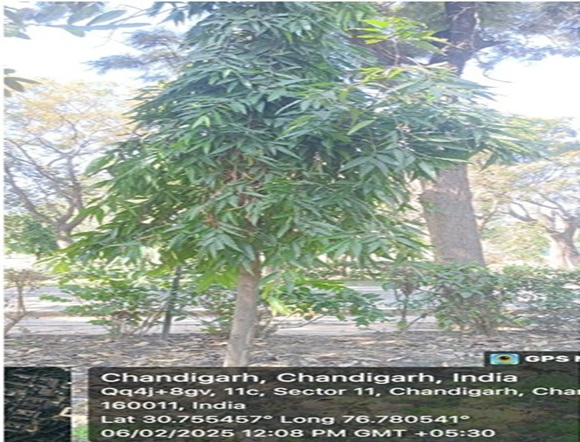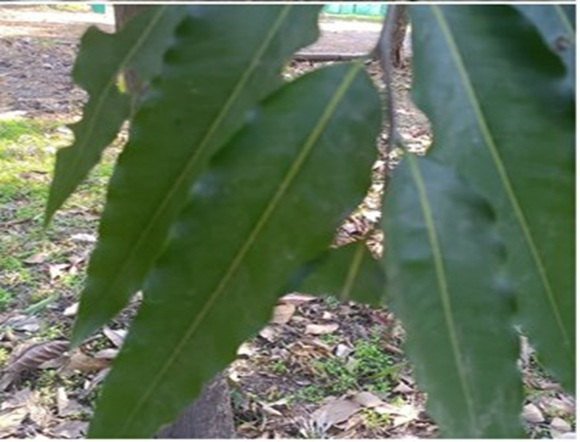

Habitat:
Found natively in India and Sri Lanka. It is introduced in gardens in many tropical countries around the world. It is, for example, widely used in parts of Jakarta in Indonesia and the Caribbean islands of Trinidad and Tobago.
Flowering Season:
The flowering period of the tree (also known as the Ashok tree) is in the spring, usually lasting two to three weeks.
Fruiting Season:
The fruiting period is from March to August.
Climatic Conditions:
It thrives in warm tropical climates with temperatures ranging from 20°C to 30°C (68°F to 86°F). Prefers regions with high annual rainfall, typically between 1,200 mm to 2,500 mm (47 to 98 inches). This plant requires high humidity and does best in regions where the air is consistently moist. It prefers well-drained, fertile soil rich in organic matter. A slightly acidic to neutral pH range is ideal for growth.
Seed Propagation:
It is typically propagated by seed, requiring warm temperatures, high humidity, and indirect light for successful germination. Though less common, vegetative propagation using cuttings may also be attempted in some cases.
Parts Used:
Bark: The bark is used in traditional medicine to treat various ailments, including fever, rheumatism, and skin conditions.
Leaves: The leaves are used in traditional medicine to treat digestive issues, respiratory problems, and as a poultice for wounds.

Leave A Comment